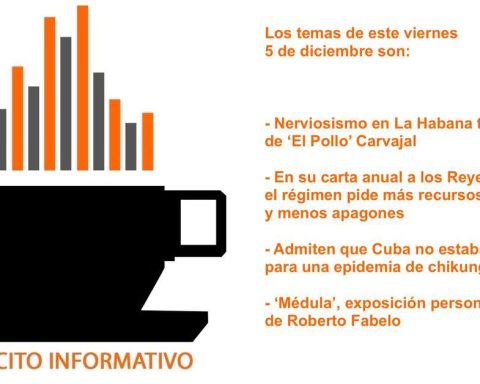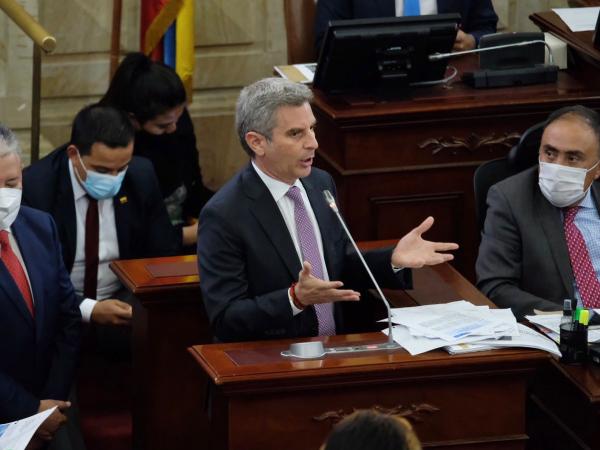In eight of the 13 credit segments, the ceiling will be lower from January 1, 2022. The new interest rate calculation methodology was presented.
On the afternoon of this December 13, 2021, the manager of the Central Bank of Ecuador (BCE) announced the reduction of maximum interest rates for eight of the 13 credit segments currently exist in the country.
That reduction It is a consequence of the implementation of a new calculation methodology.
Thus, as of January 1, 2022, the maximum interest rate will be modified as follows:
Business productivity will go from 10.21% to 9.89%
Productive SMEs will drop from 11.83% to 11.26%
Consumption will decrease from 17.3% to 16.77%
Retail Microcredit will go from 28.5% to 28.23%
Simple Accumulation Microcredit will drop from 25.5% to 24.89%
Microcredit of Expanded Accumulation will be reduced from 23.5% to 22.05%
Corporate Productive will go from 9.33% to 8.86%
Real estate will drop from 11.33% to 10.40%
According to Avellán, previously there was rates fixed for extended periods of time without considering all components and circumstances such as a pandemic or recession
“Now the reality of the financial system is reflected when considering the main economic and financial indicators,” he said.
The official stressed that the new calculation formula takes into account four costs: funding, credit risk, operations and capital.
The news maximum rates it does not have a retroactive effect; In other words, they will only apply to credits that are contracted from January 1, 2022.
Given the questioning that the reduction is small, and even almost minimal in relation to the rates effective that is really being charged, Avellán assured that the impact will intensify over time, hand in hand with the reactivation and economic growth.
In recent months, rates active interest rates, that is, those actually charged by banks and cooperatives, registered a reduction in the country. According to Avellán, the decrease in maximum rates seeks to regulate certain institutions that continue to charge higher than average costs.
In other words, with a lower ceiling, calculated taking into account all the variables, it is intended that the rates they go down while there is more competition and demand.
It will be reviewed every six months
Starting next year, maximum interest rates They will be reviewed at least every six months, or even earlier if the situation warrants it.
The ECB manager commented that, for the moment, it is not possible to move towards a system of complete liberalization of rates because for that a reform of the Monetary and Financial Code is needed first.
The segments that are not modified with the new calculation methodology are education, social education, public interest housing, social interest housing and public investment.
According to the authorities, these segments are tied and regulated by public policy, so they do not work like the rest. (JS)
IT MAY INTEREST YOU:
Government declares oil force majeure so as not to breach contracts
Model was found dead in an apartment in Manta
Political wage rises raise inflation and do not create employment

















